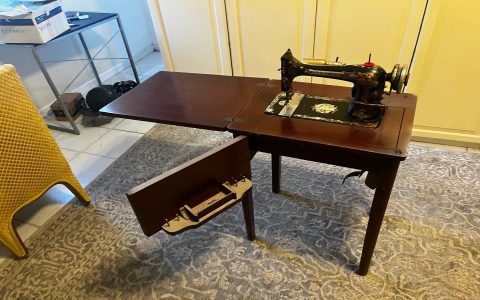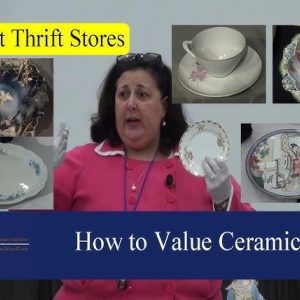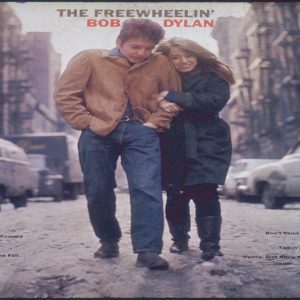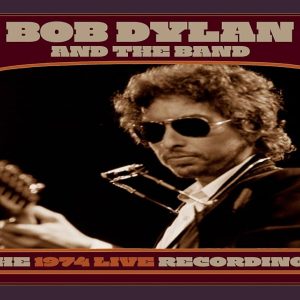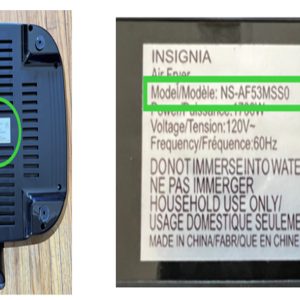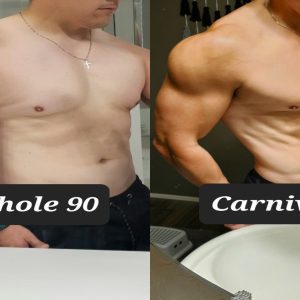Key Identification Features
To accurately identify an old Singer sewing machine table, examine these primary characteristics. First, locate the serial number or emblem, typically engraved on the machine head or the table's front panel. Singer serial numbers date from the 1850s onward and can be cross-referenced online databases to determine the production year and model.
Table Structure and Design
Assess the table's build and functionality. Common types include treadle tables with iron legs and belt-driven setups, cabinet tables featuring drawers or storage compartments, and drop-leaf designs with foldable surfaces. Focus on:
- Treadle Mechanism: Pedal-operated versions are standard for early 20th-century models.
- Decorative Elements: Look for ornate carvings or leg styles; Victorian-era tables often have intricate woodwork.
- Portability: Lightweight cases indicate portable or late-19th-century models, while bulky cabinets suggest utility-focused designs.
Historical Context and Types
Singer tables evolved through distinct eras. For example:
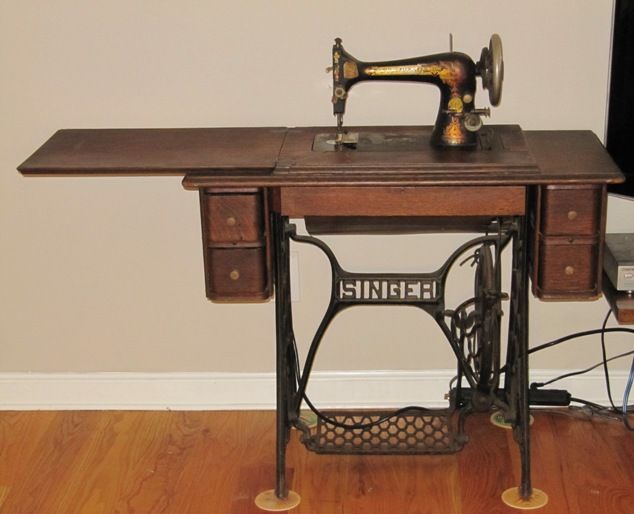
- Pre-1920s: Focus on iron-treadle bases with solid wood frames, often lacking electrical ports.
- Mid-20th Century: Shift towards streamlined cabinets with drawers, reflecting post-war designs.
- If the emblem includes "Singer" in cursive script, it likely signifies an early 1900s model.
Practical Identification Steps
Execute this streamlined process:
- Inspect the serial number or badge; clean dust to reveal details.
- Evaluate dimensions, pedal presence, and material quality. Genuine wood suggests older origins.
- Compare with reference guides or historical images to confirm the table type, such as treadle cabinet or portable case.
Document findings methodically for reliable dating and categorization without external resources.

